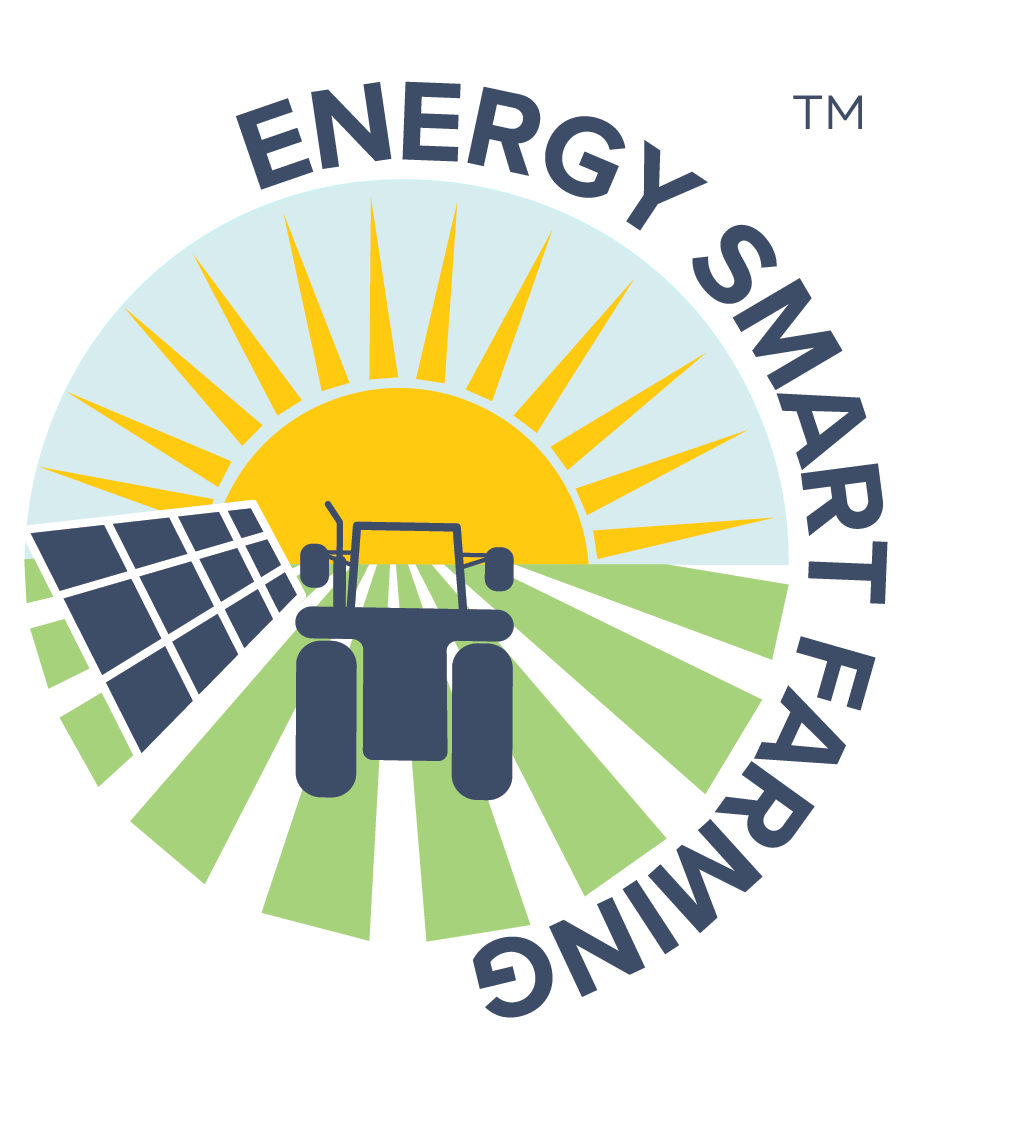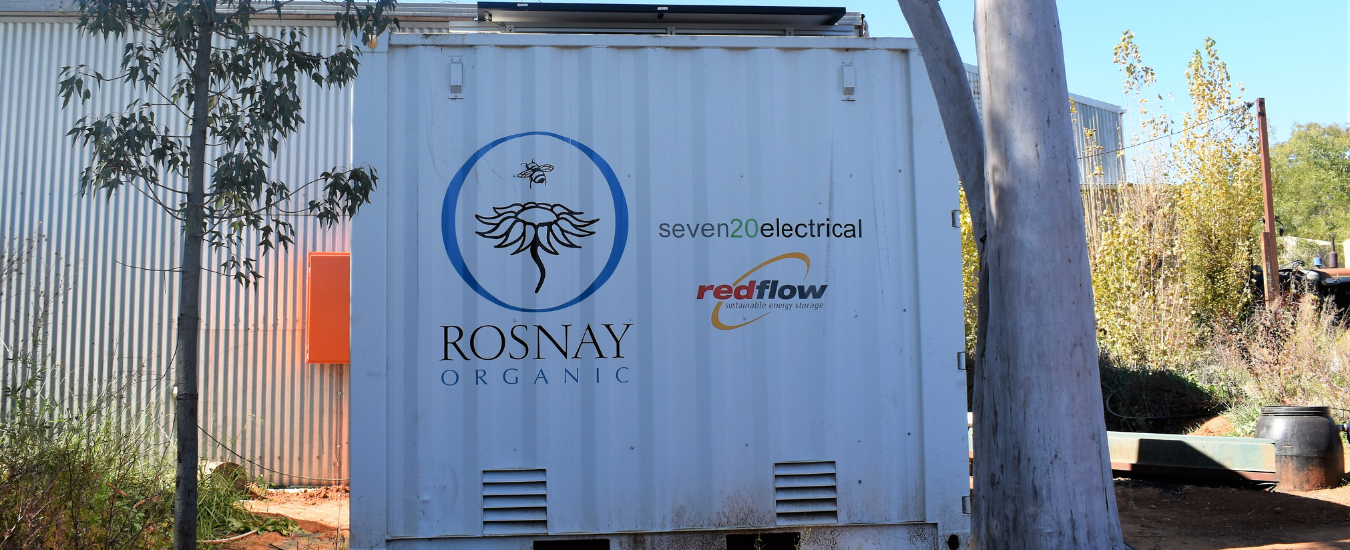Energy storage comes in various shapes, sizes and technologies: from AAA batteries to pumped hydro systems, the range is huge. To get an idea of the range and possible uses, the following graph is a nice overview of a range of grid energy storage systems, showing the power handling capacity of each of these systems and the duration for which this power can be sustained. (While not all storage systems will be grid based this is a good overview of the technologies and how they compare. Just to note – hydrogen storage would sit around the flow batteries and pumped hydro areas.)

Source: https://www.mpoweruk.com/grid_storage.htm (where you can find details on each technology, including the mystery ones eg CAES = Compressed air energy storage & SMES = Superconducting magnetic energy storage).
Types of storage technologies
The versatility of lithium ion batteries is clear in the graph above, being applicable to a wide range of power demands and able to supply that for hours. But as the graph shows, there are many other systems on offer or in development. Some of these technologies use cheap abundant elements rather than rare ones. Several of the NSW DPI energy pilots have installed Australian made flow batteries as they are recyclable, don’t rely on rare earth elements and have lower fire risk.
The light weight of lithium makes it a logical fit for electric vehicle use, while the additional weight or design of others makes them more suited to on-site or permanent setups (e.g., flow batteries suit on-site use).
The cost of batteries has continued to fall over recent time, as demand and scale of production increase. The historical and forecast decline in the cost of lithium ion batteries can be seen in the graph below. Developments in technologies are resulting in improvements such as longer serviceable life, safer chemistry and lower environmental impact.

Source: https://about.bnef.com/blog/behind-scenes-take-lithium-ion-battery-prices/
Choosing a storage system
Establishing how much power a storage system holds and how long it can provide power for (kW draw and duration) will help you identify a suitable system for your needs. Other major factors to consider include: life expectancy / discharging cycle and maintenance needs, and for most of us, cost. Additional factors that might be important in your decision could be weight, available space, ability to recycle, preference to use non rare earth element technology, availability etc.
Designing or choosing a storage system can be an involved process as it can be specific to each situation depending on power usage. NSW Government has produced some useful information on batteries that gives a detailed overview of how the most common battery systems can work in house/business settings. It also has a handy Excel calculator that gives a reasonable idea of cost/benefit and payback of systems. It is well worth having a look at if you are considering battery storage.
Energy storage can also be as simple as heating or cooling water. Hot water storage is a popular form of thermal storage, with many now using power from solar PV to heat water rather than export power to the grid. This has been suggested to be the cheapest way to heat water by some sources, such as a study by Queensland PV company, Ecoelectric.
NSW DPI energy efficiency pilots
At some of the NSW DPI energy pilots we are testing the use of solar PV panels at dairies to chill water during the day to cool milk at milking time. This thermal energy storage should help solve the mismatch of dairy peak power use (early morning and afternoon) with solar generation (during the day), using a tank of water as the storage medium.

Flow batteries and inverters at NSW DPI pilot project Pecora Dairy, Robertson, NSW.
The UK website “Electropaedia” has a good collection of in-depth information on the different batteries and other energy topics. Also, within this Community of Practice we have access to experts who can advise or discuss the often complex storage story.



